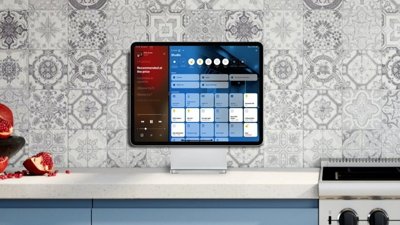A new large HomePod was announced in 2023 that revived the product line. It features a new internal design and feature set, though it looks similar to the original externally.
The original HomePod launched during Apple's Worldwide Developer Conference in 2017. It was Apple's first attempt at a smart speaker product that was ultimately deemed too expensive for the market and then subsequently discontinued in 2021.
The HomePod mini arrived in 2020 at a much cheaper $100 price point. It used the Apple Watch system-on-a-chip and acted as a thread network node.
Exclusive Deals Through AppleInsider
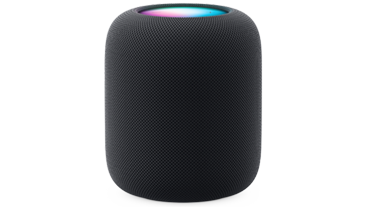
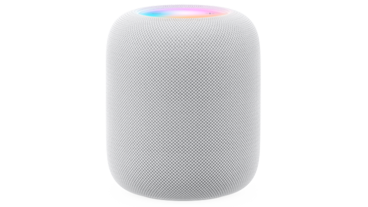
The Next HomePod
Apple may have revived the original HomePod, but another one could be announced with an embedded display. Google and Amazon both offer devices with screens attached for home use, so Apple may do the same.
The HomePod runs tvOS, so it is natural to believe a speaker with a screen could be on the way. Imagine something of a hybrid between an iPad and a HomePod with tvOS as the software.
Rumors point to an integrated HomePod with a camera and Apple TV that could launch at a later date. It isn't clear if this device will ever be released or is just a prototype Apple is testing internally. The rumor cycle for this product came and went.
Apple could be working on a special device with a robotic monitor arm that follows the user. It allegedly hails from the robotic devision that formed after Apple Car was canceled.
As information continues to leak out, the picture becomes clearer about the future of Apple Home. Instead of a HomePod, it will likely be a new product that acts as a standalone screen that pairs with stands and other accessories, perhaps a "Home Hub."
The name is still in question, but the rumored device is said to be a standalone tablet, not an iPad, but something more square and smaller. Users could place a few around the home and carry them between stands, speakers, and other mounts like the rumored robotic arm.
2023 HomePod
At first glance, the new 2023 HomePod may look very similar to the original, but there are some subtle design differences. It is slightly shorter than the original, with a top glass that looks closer to the mini's.
The feature set is nearly identical, since it is basically just a HomePod. It runs the same firmware as the other models and accepts the same Siri commands.
What's new is the internal layout, processor, audio algorithms, and available sensors. Users should expect a similar experience during use but with improved sound and additional perks.
There's a temperature and humidity sensor that allows the user to see information about the room within the Home app. Apple also included a new system sensor for improved algorithmic audio correction.
It supports Matter and has a thread radio for networking. The S7 processor is a big leap from the original's A8, which provides improved computational audio and Spatial Audio algorithms.
Thanks to the Apple Watch processor, it uses 802.11n Wi-Fi and Bluetooth 5. However, those older specs shouldn't affect the speaker since they don't limit bandwidth for audio playback and Siri commands.
2023 HomePod Review
The second-generation HomePod will look very similar to the first at a glance, but it is slightly shorter and has a blue tint to the color. The top glass has changed to be more inset, and the animation stretches to the edges more than before.
The bottom is still made from a silicone material that will leave marks on some treated wood surfaces, though this time it is flat, not concave. Customers should be wary when buying mounts or stands, as ones built for older HomePods address this concave base.
Notably, the cable is removable in the new model. It uses a standard figure-8 plug, but has a slight extension on the back for making the cable flush with the HomePod design.
Within the HomePod's mesh exterior sits a four-inch woofer and five horn-loaded tweeters. This is a downgrade from the OG HomePod's seven tweeters in number only. The microphones were also reduced from six to four.
Room sensors, environmental sensors, a thread radio, a U1 chip and a new S7 processor make this a much smarter speaker than before. The downgrade to Wi-Fi 4 may not seem ideal, but shouldn't impact use since music streaming and Siri will never reach the theoretical peak bandwidth.
Siri is much faster and will respond to voice commands without hesitation. However, it is still Siri, and prone to simple errors.
The audio quality has improved by some margin, despite the reduction in tweeters. Opinions vary on this, but concensus says it does sound better with a wider soundstage and improved fidelity at the high end.
Read everything we had to say about the second-generation model in the full 2023 HomePod Review.
HomePod Price
The 2023 HomePod retails for $299, but is on sale in our Smart Speaker Price Guide. Color options include white and Midnight. Customers can also purchase the HomePod mini in a range of colors at $100 each.
 |
 |
2018 HomePod Discontinued
On March 12, 2021, Apple announced that the large smart speaker would be discontinued. After the market inventory is sold out the HomePod will no longer be available for purchase as a new device.
Apple says that the HomePod mini will be its focus going forward. The high price of the HomePod and the stigmas surrounding Siri pushed people away from the original speaker. It hasn't seen a hardware update since its release in 2017.
Even though the HomePod is discontinued it hasn't been end-of-lifed. The device will continue to function for years to come with updates from Apple and support for basic features. Even if the speaker one day stops working with Apple services like Apple Music or HomeKit, it will still function as an AirPlay 2 target.
The original HomePod still gets software updates in 2024 despite joining the vintage product list.
2018 HomePod Features
The 2018 HomePod is still receiving updates despite being discontinued in 2021. It launched at a $350 price point that was deemed too expensive to compete with Amazon's $35 smart speakers.
Below is information pertaining to the original model.
Appearance & Design
The HomePod differs from its main rivals in using a 3D mesh acoustic fabric that covers most of the outside of the speaker. Two color options are available, with customers able to choose between white and space gray versions of the fabric.
The shape is also fairly unique, consisting of a cylinder with rounded edges at the top and bottom. While other similar devices have been designed as tall speakers, the HomePod is fairly wide when compared to the Amazon Echo. Its diameter isn't far off the height of the speaker, at 5.6 inches.
Measuring 6.8 inches tall and weighing 5.5 pounds, the device has a single power cable leading out from the HomePod, with no other ports or visible connections viewable externally. On the top is a round display, used to show the Siri waveform when Siri is engaged, as well as providing access to touch controls for changing settings of the HomePod itself.
Speakers & Microphones
The HomePod includes a six-microphone array with an advanced echo cancellation system that allows Siri to understand anyone speaking to it in the room, regardless of their position in relation to the HomePod. It can do this even when loud music is playing in the background.
For audio playback, Apple designed an upward-facing woofer that uses real-time software modeling to enhance bass management, allowing it to provide deep and clean bass tones with low distortion. An internal low-frequency calibration microphone is included to assist the bass management system.
Accompanying the woofer is a custom array of seven tweeters, each equipped with an amplifier. Apple's speaker array also has beam-forming capabilities, for high-quality directional audio.
This beam-forming capability is enhanced by the HomePod's ability to sense its placement in a room. Using the microphone array, it can detect the size of the room and its location compared to nearby surfaces and other potential audio obstacles. It then usesthe data to optimize its playback to suit its surroundings.
Driving the beamforming, bass management, and multi-channel echo cancellation in the HomePod is Apple's A8 processor, as previously used in the iPhone 6, iPad mini 4, and fourth-generation Apple TV.
Set-up & Connectivity
While it does not have any visible external connections, aside from a power cable, the HomePod still offers connectivity options with other devices. Borrowing the setup process from the AirPods, users can configure the HomePod by holding their iPhone next to the speaker.
It supports network connectivity over Wi-Fi, with support for 802.11a, b, g, n, and ac standards. MIMO increases the amount of available bandwidth. Bluetooth 5.0 connectivity is also touted.
The HomePod is equipped with Apple's AirPlay 2 protocol, which allows it to connect with other HomePods and compatible speakers across your house. If you pair two HomePods together, you can enjoy stereo music playback.
Apple has designed the HomePod in a way that prioritizes users' security and privacy. The device only records audio when it recognizes the "Hey Siri" prompt locally, before sending any data to its servers. Furthermore, the data is encrypted and sent using an anonymous Siri identifier.
Setting up the HomePod is a fairly simple process. You'll need to plug it into a power outlet and wait for it to chime. You'll also need an iPhone nearby with Bluetooth enabled and an up-to-date operating system. Once you hold your iPhone near the HomePod, a popup dialog box will appear to guide you through the setup process.
This includes naming the room where the HomePod is located, enabling Personal Requests, and accepting the terms and conditions. A transfer of settings is then performed, linking the HomePod to the user's iCloud account and synchronizing with apps and services like Apple Music.
The HomePod will learn to understand up to six users at once. If enabled, only users the HomePod recognizes will be able to access certain functions like messaging and calendars.
Siri and Music Playback on HomePod
Users can ask Siri questions through the HomePod. When engaged, the Siri waveform appears on the top of the speaker, indicating the digital assistant is awaiting further instruction.
Like with the iOS version, Siri on HomePod can respond to a range of queries, including about upcoming concerts, sporting event queries, and restaurant recommendations, with responses provided audibly. Typical Siri commands are also available to use, including requests to send messages to contacts, setting alarms and timers, and to read out the latest news headlines.
One way Apple is pitching the HomePod is its Siri-powered music playback credentials. Apple Music subscribers can ask Siri to play songs from albums and playlists, tell it what the next song to play should be, ask to generate a playlist from a genre they like, and other musical instructions.
The music playback is also not limited to Apple Music. Siri requests for songs included under iTunes Match can also be played through the HomePod.
Along with Apple Music, the HomePod supports playback of iTunes music purchases and iCloud Music Library, radio stations, streaming services like iHeartRadio and TuneIn, and the Apple Podcasts app. Through AirPlay, it can also play content from other audio sources, such as audiobooks from a nearby iPhone.
The HomePod plays various audio formats, similar to formats that other Apple devices support. The support list includes HE-AAC (V1), AAC from 16Kbps to 320Kbps, protected AAC from the iTunes Store, 16Kbps to 320Kbps MP3 files, MP3 VBR, Apple Lossless, AIFF, WAV, and FLAC.
The musical functionality also extends to musical trivia about the currently-played track, such as “When was this recorded?” Aside from individual tracks, users can ask Siri to play stations including NPR and Beats 1, and also podcast episodes the user has subscribed to in the Podcasts app.
HomePod firmware released alongside a beta for iOS 11.2 revealed the HomePod will handle all music-related questions itself, without external assistance. For other types of queries, such as those involving contacts, messaging, lists, and notes, HomePod hands those off to a connected iPhone or iPad for processing.
Stay on top of all Apple news right from your HomePod or HomePod mini. Say, "Hey, Siri, play AppleInsider Daily," and you'll get a fast update direct from the AppleInsider team.
Intercom, Handoff, and Home Theater
One of the most significant additions Apple announced with the HomePod mini is its ability to act as an Ultra-Wideband base station. This lets it precisely locate U1-equipped devices, like the iPhone and Apple Watch Series 6.
Apple's HomePod speaker provides a "magical" Handoff experience that understands when an iPhone is nearby, offering audio, visual, and haptic feedback. This creates a seamless connection between two Apple devices.
HomePod has a new Intercom feature that lets family members send messages between HomePods. You can choose to address people in a different room, a specific zone, or throughout the home. Intercom also works with other Apple devices, so you can receive and reply to messages even if you're not near a HomePod.
An upcoming update will bring 5.1 surround, 7.1 surround, and Dolby Atmos support to HomePods connected to an Apple TV 4K. However, HomePod's directional audio is needed for the simulated surround sound feature to work. Therefore, those who want to replace their home theater system will need to buy the full-sized model. While two HomePod mini units can be paired to achieve stereo sound, HomePod and HomePod mini can't be connected to an Apple TV at the same time.
HomePod Software Version 17.4
With the advent of HomePod Software 17.4, Siri can learn the user's preferred music, podcasts, and audiobook apps. This means a user no longer needs to specify which service they want content played from, as Siri will automatically launch whichever service the user normally uses.
Apple also now allows friends and family to control music playing on the HomePod via the Apple Music App.
To use SharePlay with HomePod, primary users can tap the SharePlay icon at the bottom of the Music app screen. This icon will show a QR code, which other users can scan with their smartphones. Scanning the code grants access to music controls.
AppleCare+
Enrollment into AppleCare+ for HomePod costs $39, which extends the warranty to two years and grants a longer customer support window. Out-of-warranty repair costs for AppleCare+ customers cost $39 each, for up to two incidents.
By contrast, an out-of-warranty repair for non-AppleCare+ customers, such as fall damage or submergence, will cost $279.
As part of AppleCare+, HomePod customers will get a replacement HomePod shipped to them in advance of the return of the non-functional one. This express replacement service is included, though the original HomePod needs to be returned within 10 days to avoid additional charges, up to and including the cost of the new HomePod unit.
Apple also offers shipment of the HomePod to a service center, like it currently offers for the iPhone, iPad, and Mac, at a cost of $19.99 on top of any associated repair fees.
Apple has published videos to its YouTube Support channel, advising how to use the HomePod. The series starts with a trio of guides advising how to use Siri to play music, use the touch controls, and adjust the HomePod's settings. A later guide, titled "How to get the most from HomePod," is a longer video covering basic HomePod functions including personal requests, talking to Siri, using it as a speakerphone, and controlling smart home accessories.
Privacy
Like with other its products, Apple has tried to maintain customer privacy when using the HomePod. While the speaker does communicate with Apple's servers, it does so by anonymizing the data and using encryption.
In a 2017 response to a customer query about room-mapping technology, Apple advised it is refusing to repurpose the data collected by the HomePod for uses outside of the device, and had no intention of saving or sharing any similar data. Apple's statement also advised the limited amount of data that it does receive stems just from Siri queries, and that it had taken steps to protect that data.
"No information is sent to Apple servers until HomePod recognizes the key utterance "Hey Siri," and any information after that point is encrypted and sent via an anonymous Siri ID," wrote Apple. "For room sensing, all analysis is done locally on the device and is not shared with Apple."
Exclusive Deals Through AppleInsider


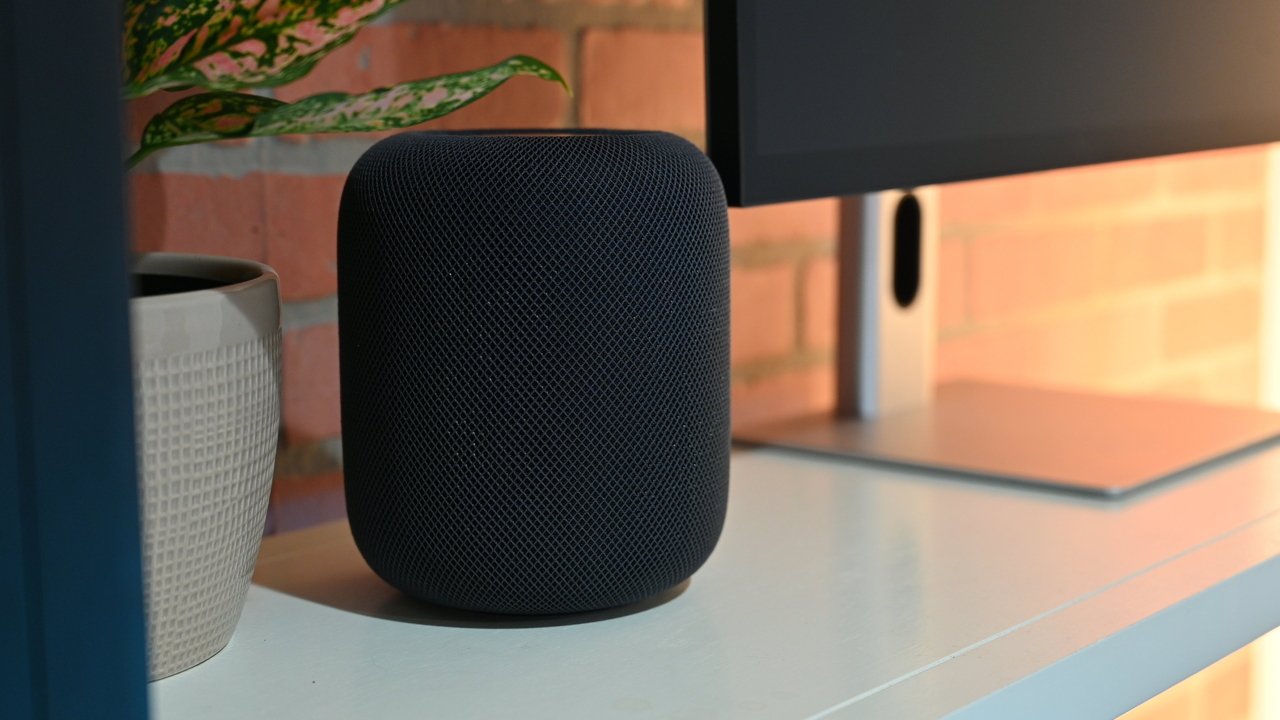
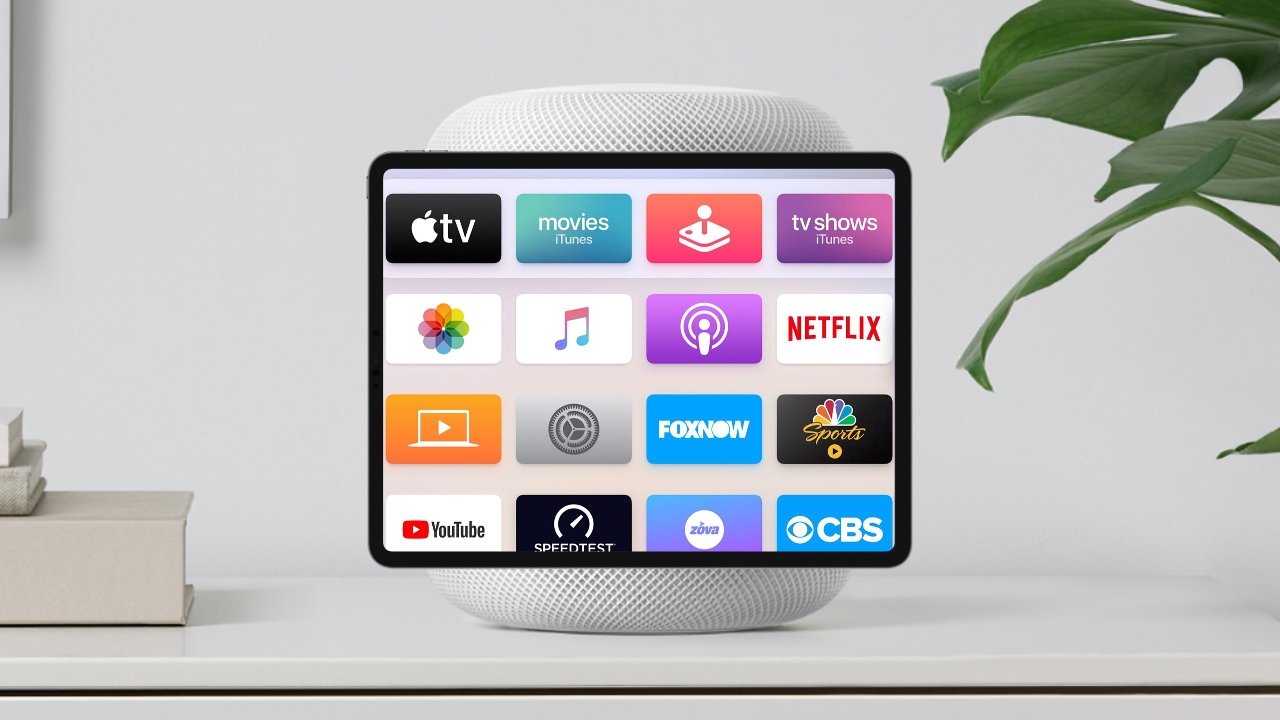
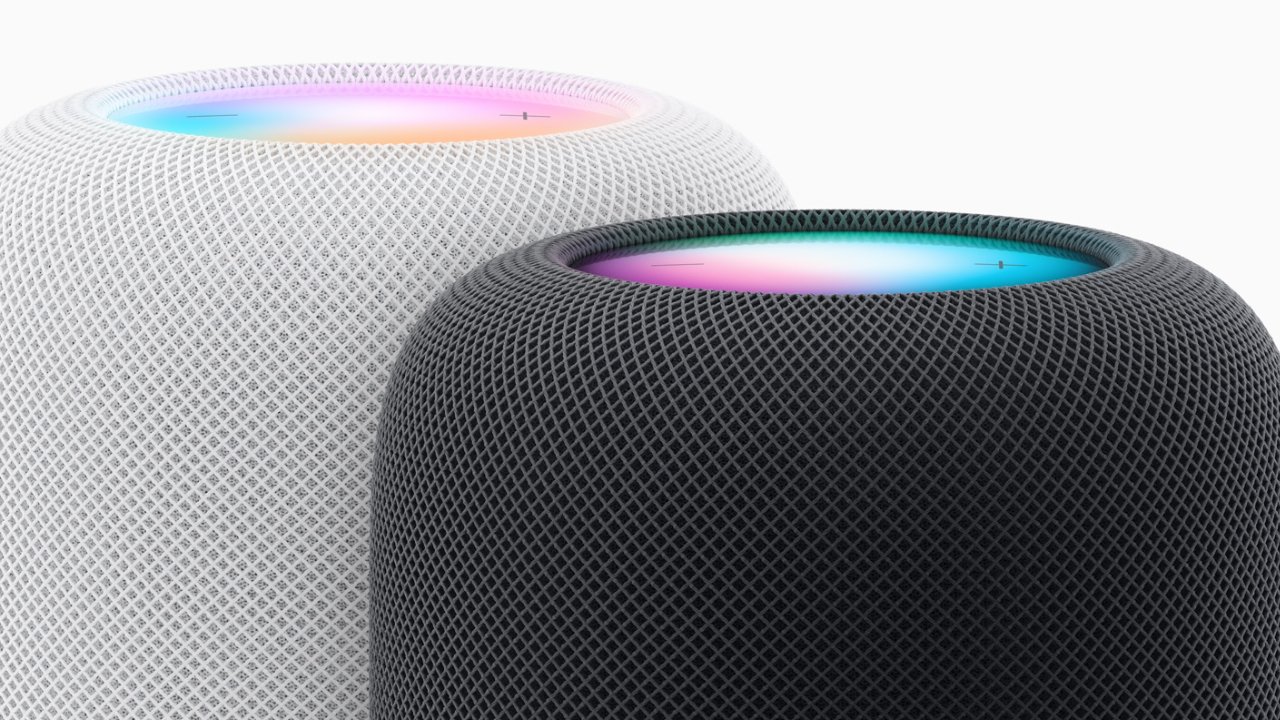
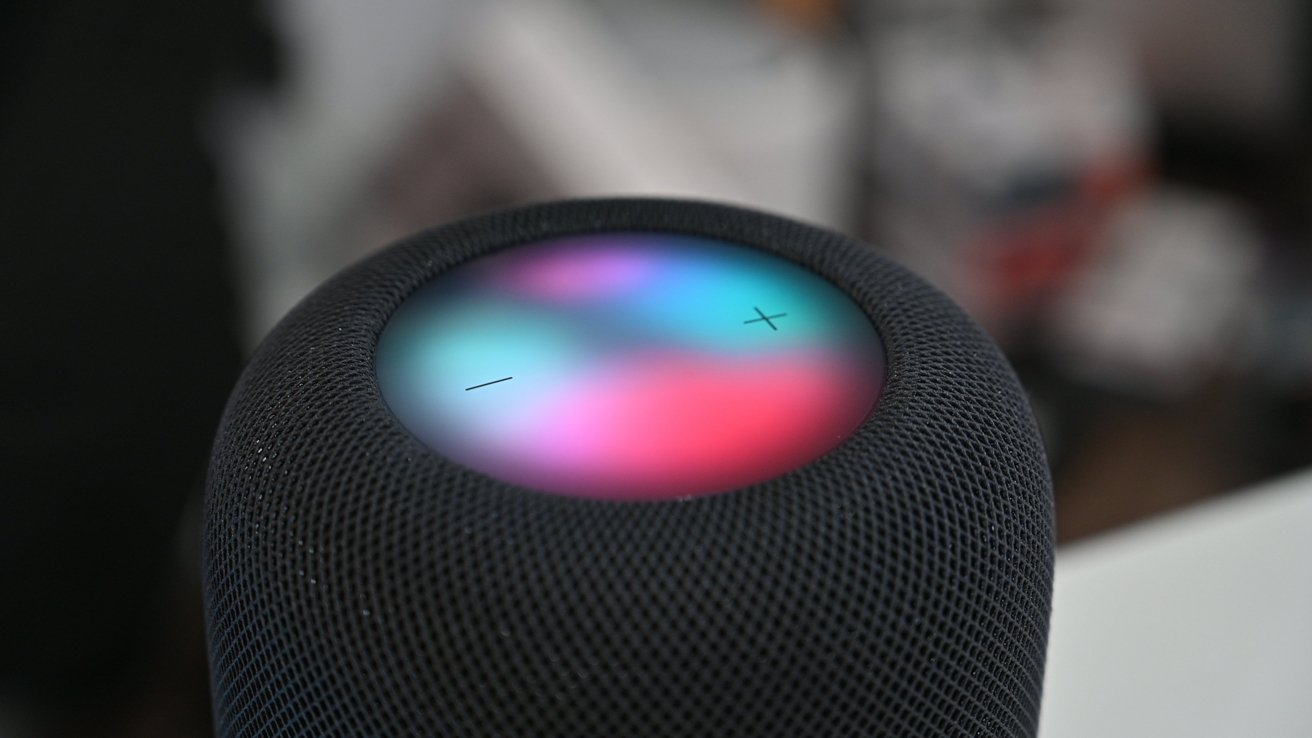
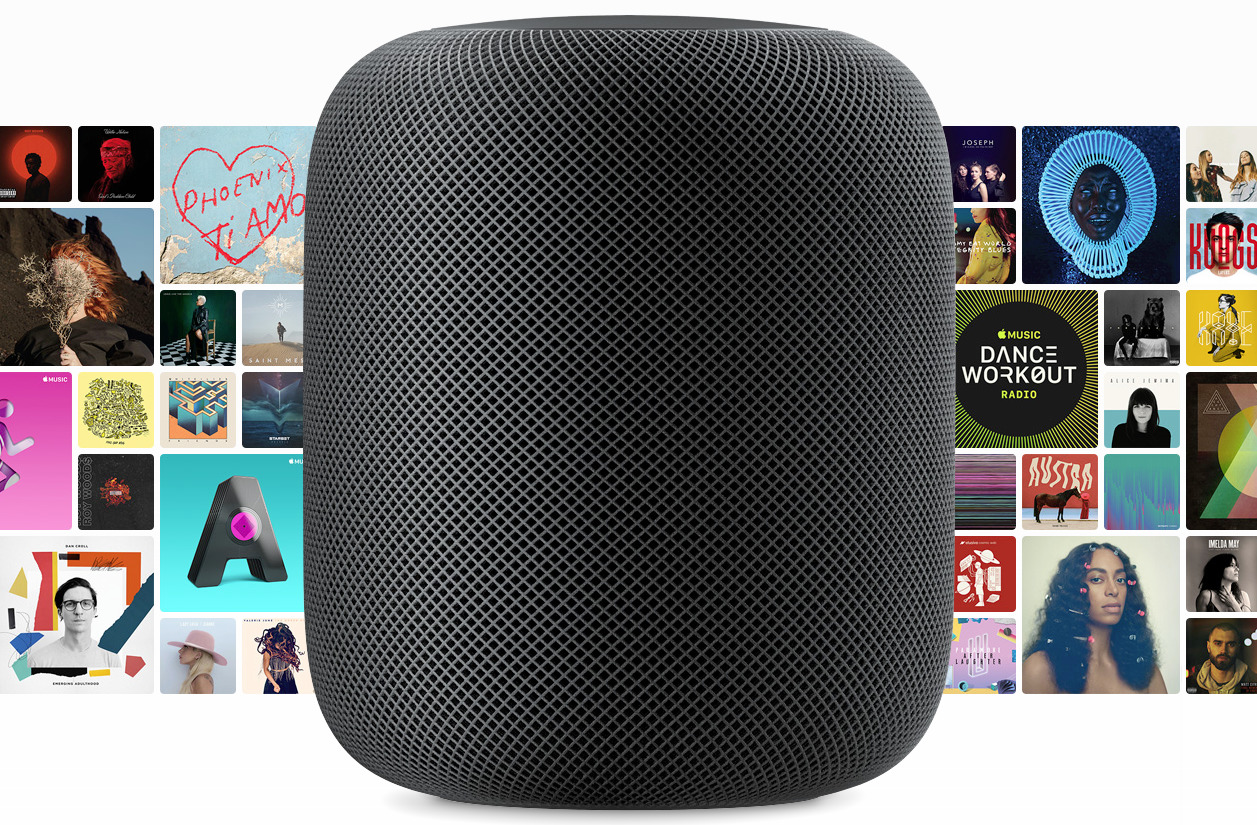
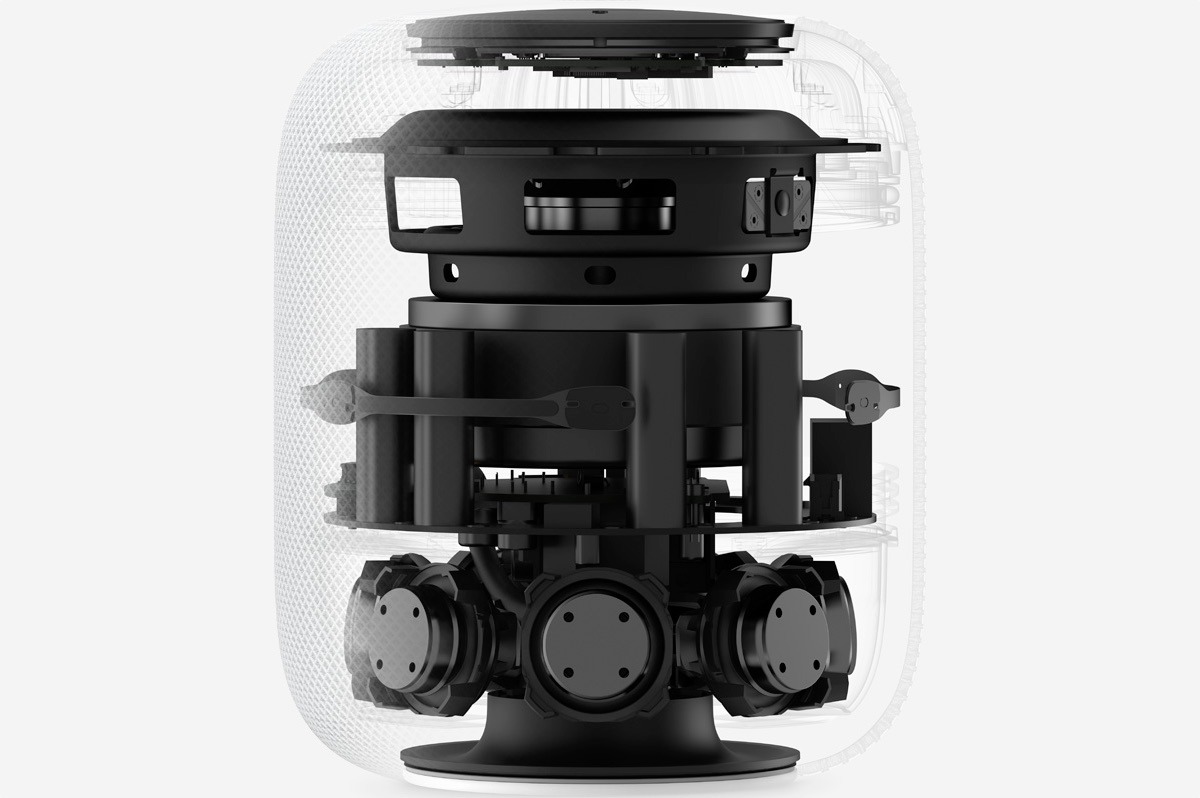

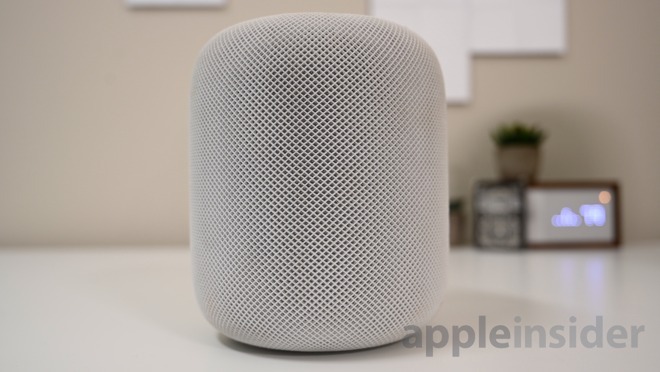
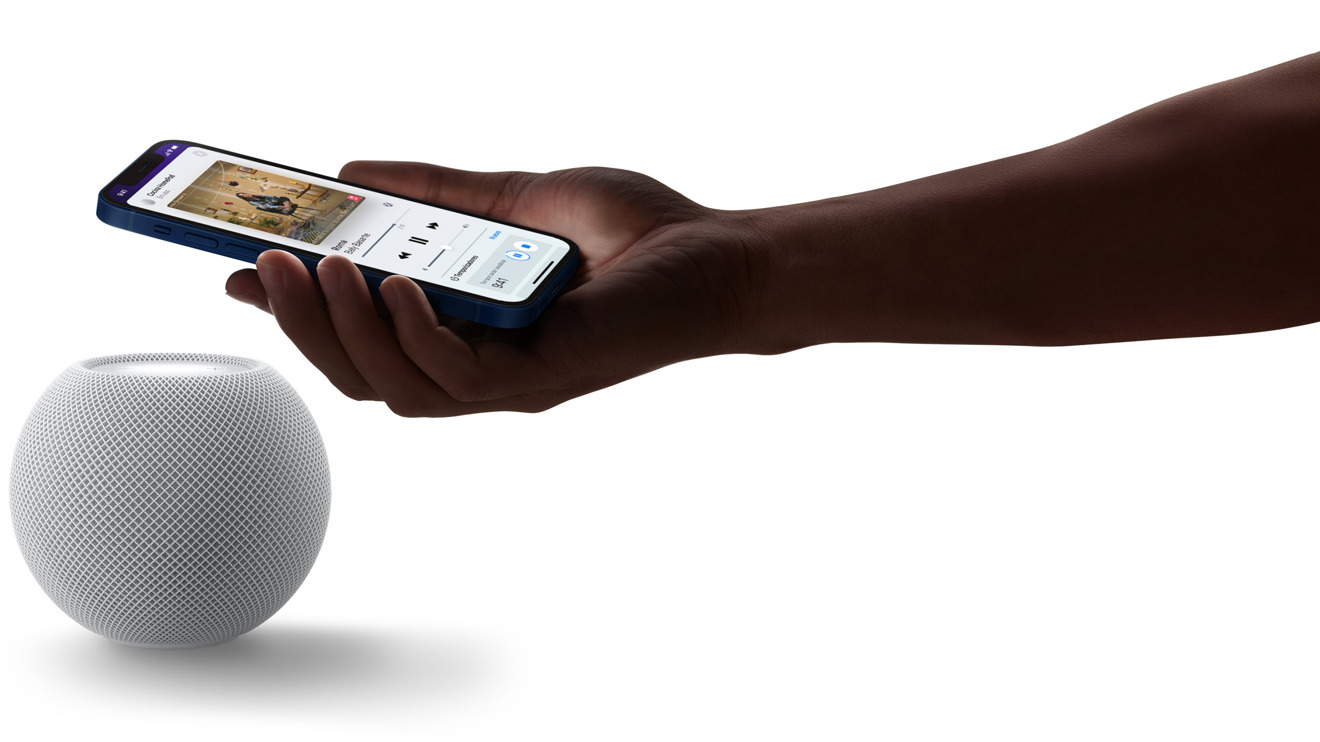
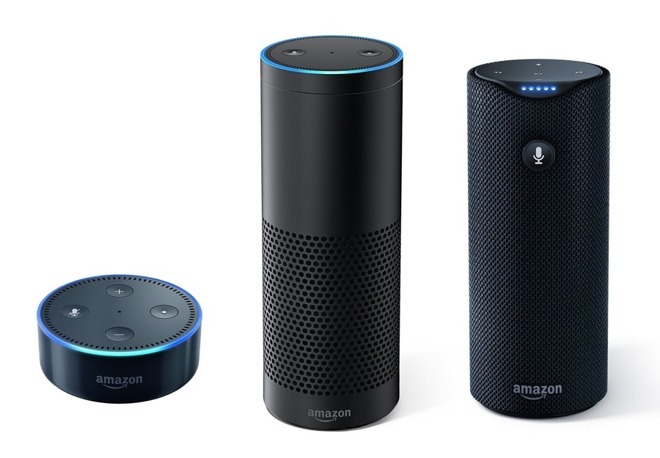

 Amber Neely
Amber Neely
 Andrew O'Hara
Andrew O'Hara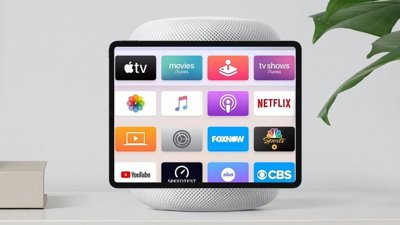
 William Gallagher
William Gallagher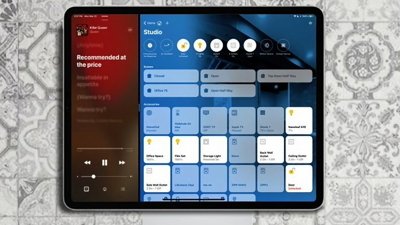
 Charles Martin
Charles Martin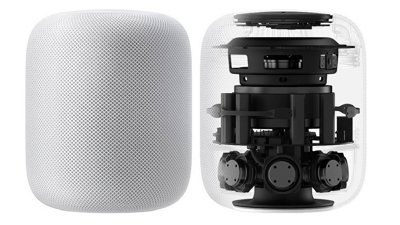
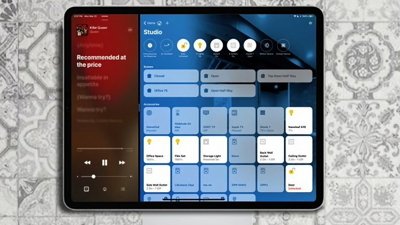
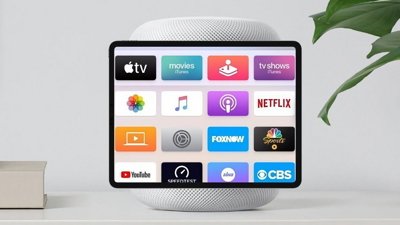
 Mike Wuerthele
Mike Wuerthele

